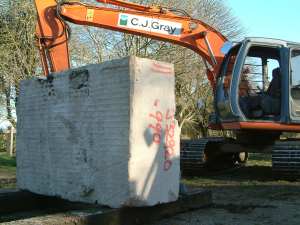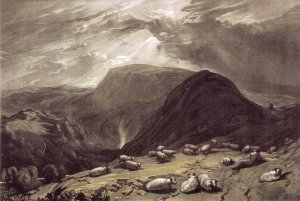
2021: communal head – and a new carving
As the pandemic situation eases a little, the first glimmers of community activity have started with a ‘communal head’ project at Bury School deep in the South Downs National Park. The first trials of working this way involved an entire school working one by one from the model, guided by the sculptor. At Bury, we chose to take a smaller Y5/6 cohort and worked with the children through two intensive mornings from the sitter, a friendly pillar of the local community. After an initial survey of the head profile (marking to the white board) with all children, we moved to … Continue reading 2021: communal head – and a new carving




























